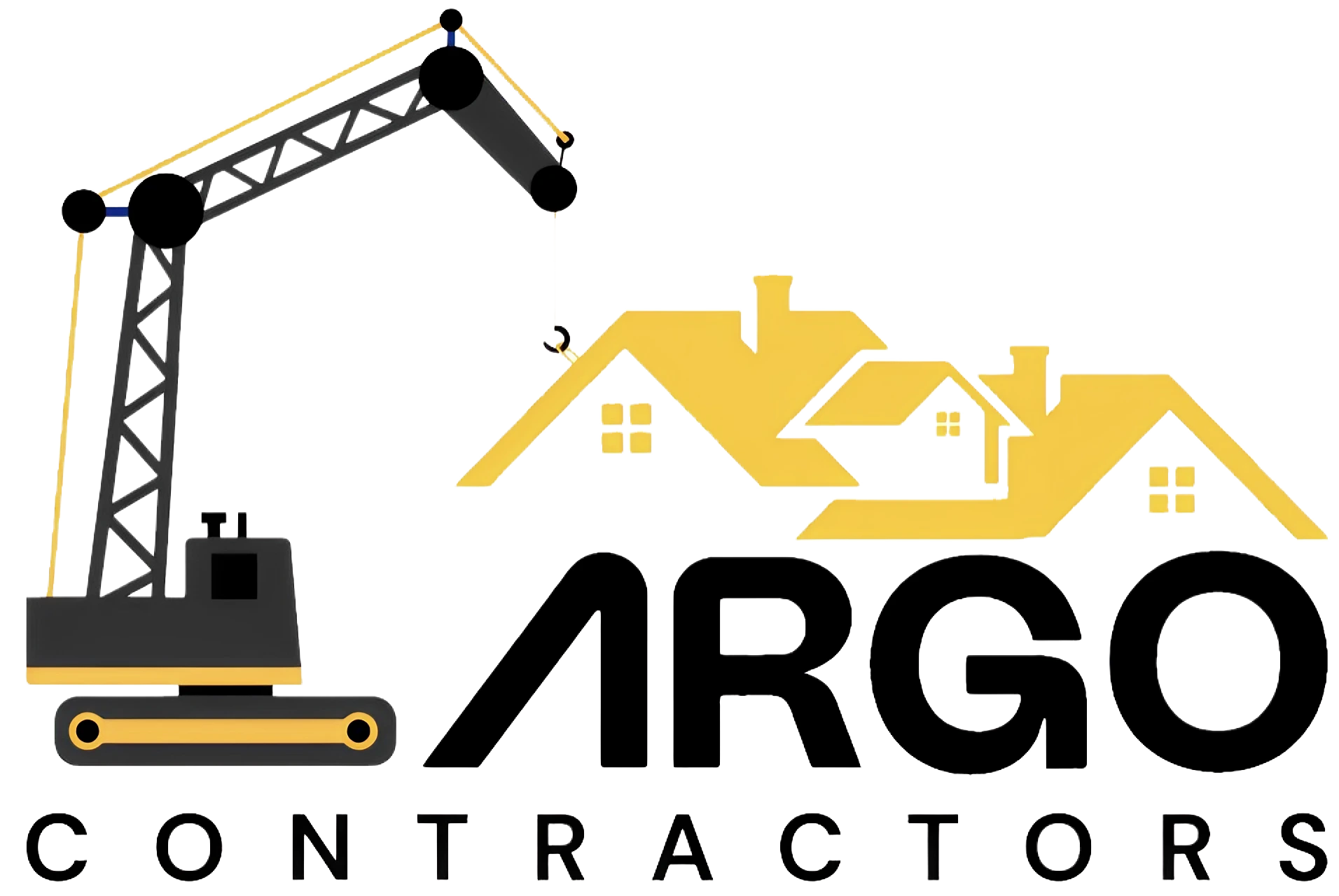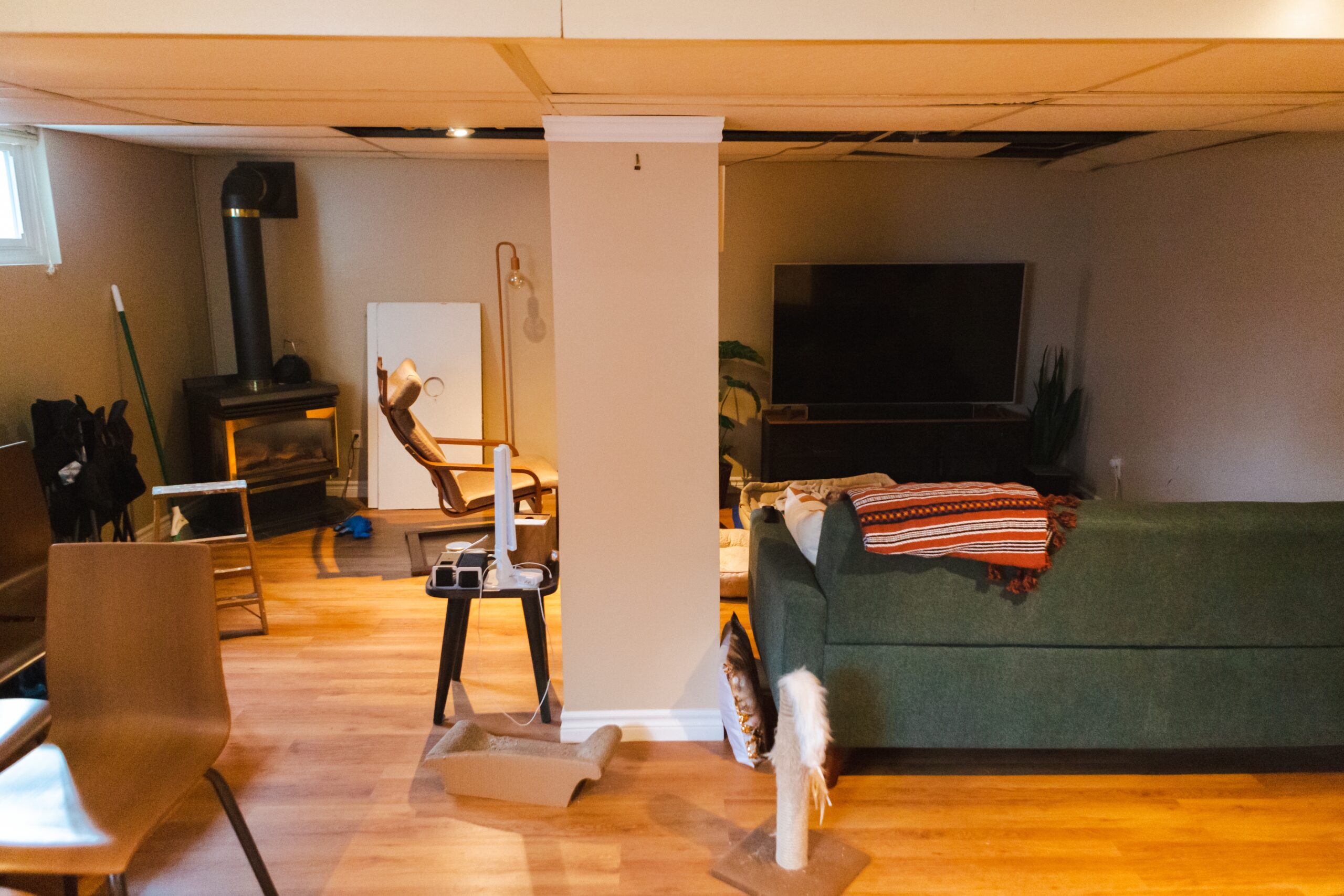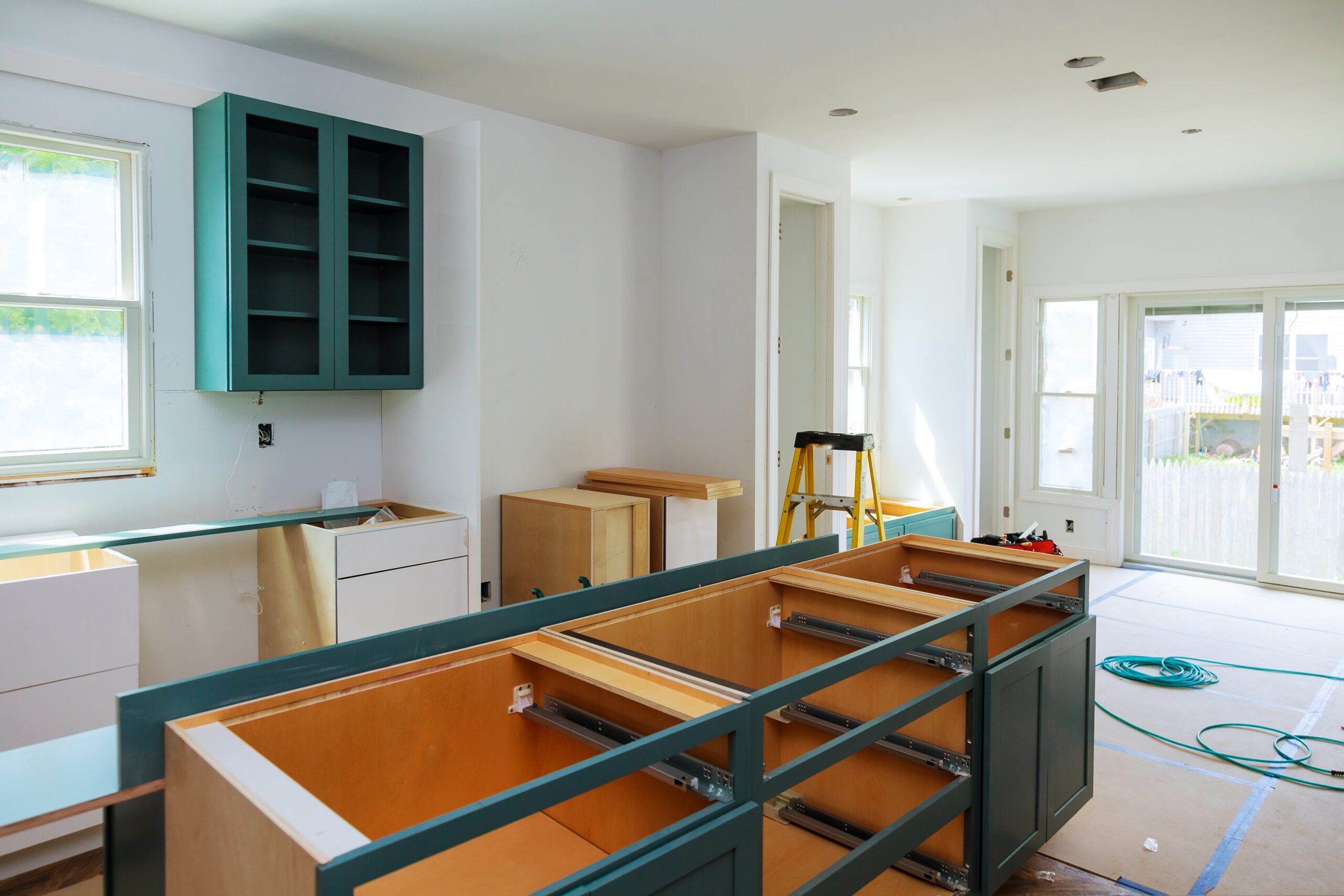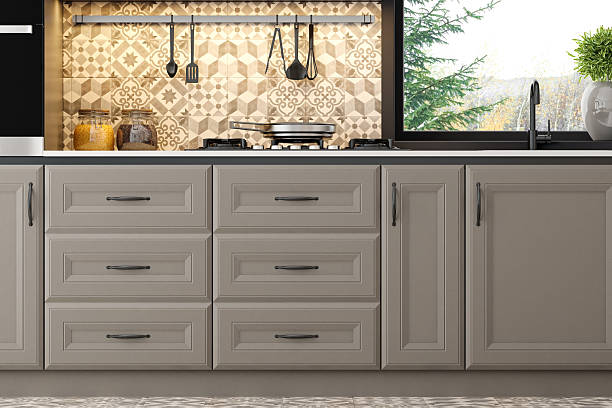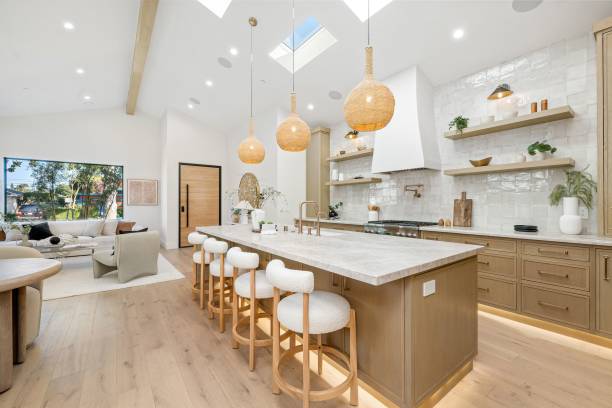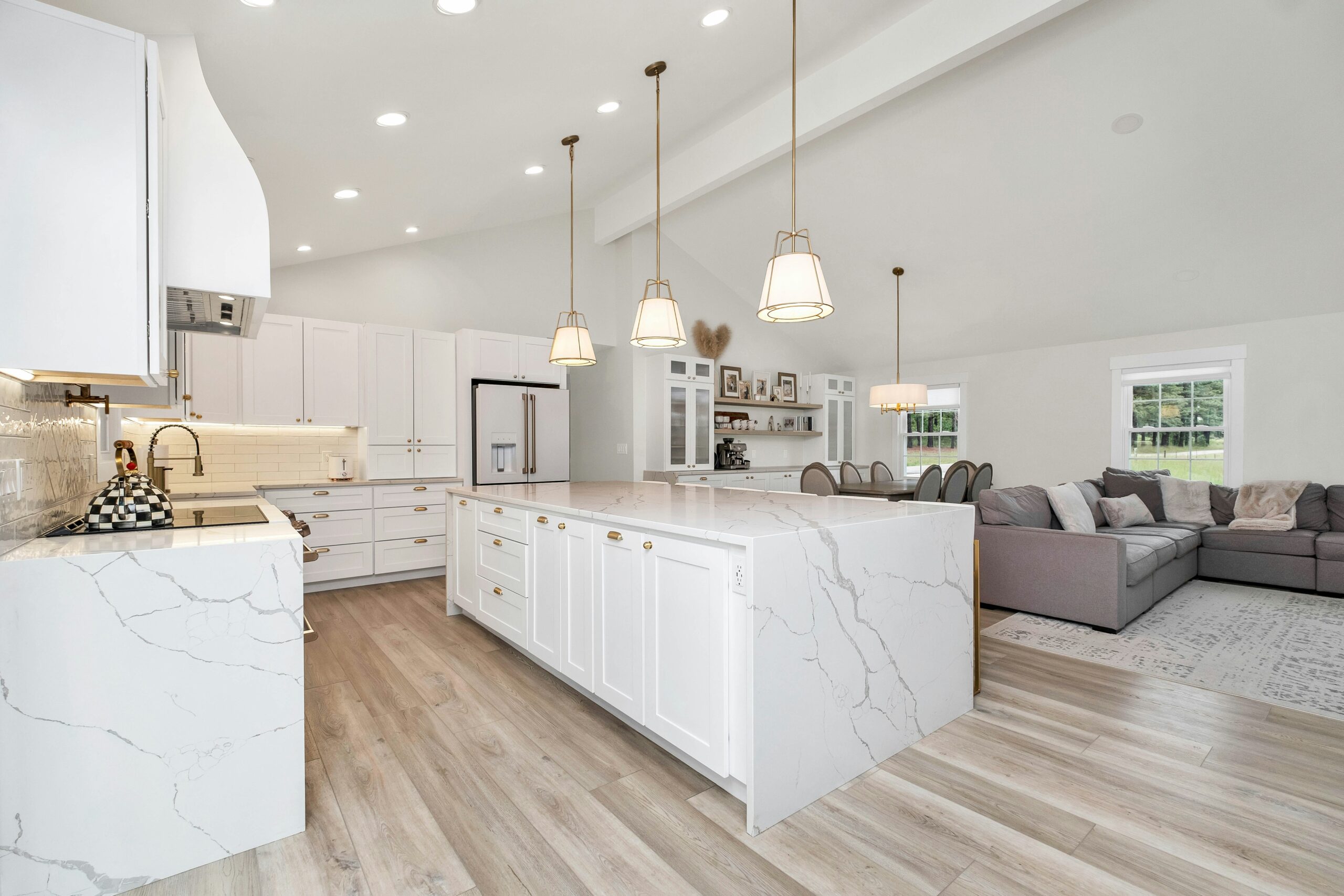1. What is a Home Addition? A Comprehensive Overview
To truly understand when is a home addition worth it, it helps to know exactly what the term “home addition” encompasses. In its simplest form, a home addition is an extension or expansion of your current living space. This can come in various shapes and sizes, from small bump-outs to full-scale second-story additions. Each type serves a unique purpose, but all share one common goal: increasing the usable space within your existing home.
Specifically, a home addition can be anything like attaching an extra bedroom, adding an office suite, building a new bathroom, or even creating a fully separate dwelling unit, sometimes referred to as an “in-law suite.” For many Arlington VA home additions, homeowners seek to tailor their space for a modern lifestyle, one that prioritizes comfort, functional design, and top-quality construction. Those who value high-end materials and professional craftsmanship know that properly integrated additions will blend seamlessly with the existing structure, preserving aesthetic harmony and architectural integrity. If you’re curious about how to enhance your living space, you can learn more by visiting what is a home addition.
While the idea of a home addition usually revolves around the increase of floor area, there are nuanced details that differentiate each type. For example, a bump-out addition typically involves expanding a single room, such as a kitchen or living area, for more functionality. It might add a few extra feet of living space, but it does not constitute a full-scale room addition. On the other hand, adding a new bedroom or bathroom is more extensive, incorporating everything from plumbing and electrical work to new walls, windows, and interior finishes. Because of these varying degrees of scope, understanding the difference between a minor addition and a major structural expansion will greatly impact your budget, project timeline, and the selection of a general contractor Arlington VA who can manage your goals reliably.
In addition to increasing space, a well-executed home addition can significantly raise the market value of the property. Buyers appreciate having a customized, functional layout that suits modern lifestyles, and they are often willing to pay more for homes that have been thoughtfully expanded. Moreover, some homeowners prefer building up rather than moving out, especially in desirable areas where the cost of purchasing a new, larger home may exceed the investment of a strategically planned addition. By carefully working with your contractor to identify your needs, finalize a design, and navigate local building requirements, a home addition can be a truly transformative project. In the next sections, we will delve deeper into the factors that determine the worth of such an endeavor.
2. Assessing the Need: When is a Home Addition Worth It?
Deciding when is a home addition worth it is a highly individualized matter. After all, every household has different needs, budgets, and preferences. Nevertheless, there are several key indicators that point to the practicality and potential payoff of expanding your current space. Firstly, consider your home’s layout and whether it adequately satisfies the demands of your day-to-day life. If you find yourself longing for extra guest quarters, a larger entertainment area, or an office that provides privacy, it may be time to think seriously about a home addition.
Secondly, look at local real estate market conditions in places like Arlington, VA. If property values have been steadily appreciating, it might be more beneficial to invest in a well-structured addition rather than purchasing a new home. Indeed, a homeowner who has built equity can often leverage it to finance an expansion, effectively reinvesting in their property to bolster its resale value. Moreover, given that moving entails closing costs, realtor commissions, and the stress of uprooting your family, you may find that improving your current residence is far more economical than seeking a bigger house elsewhere. Thus, a home addition can eliminate the hassle of relocation while simultaneously meeting your evolving needs.
Thirdly, think about the long-term functionality of your living environment. For families planning to stay in their home for the foreseeable future, a carefully designed addition can offer a sense of permanence and comfort. For instance, aging parents or adult children might require their own living quarters, turning an addition into a multigenerational solution. Alternatively, a first-floor bedroom addition might facilitate accessibility for older family members. This future-focused approach ensures that your home remains a place where everyone feels welcome and comfortable for years to come. Additionally, exploring master suite addition ideas for your home addition can further enhance the functionality and value of your living space.
In evaluating when is a home addition worth it, also weigh the intangible benefits such as improved lifestyle, convenience, and enjoyment. While financial return on investment is important, a home addition can also provide immeasurable personal rewards. Your home, after all, is the place where memories are created, and expanding it to suit your family’s changing dynamics can be invaluable. By carefully assessing your current and future requirements, financial capability, and local market trends, you can arrive at a well-informed decision. Next, let’s delve into the broader benefits that justify the time and expense of undertaking a home addition.
3. The Benefits of Home Additions: Comfort, Space, and Value
The appeal of home additions often comes down to three overarching benefits: increased comfort, expanded living space, and enhanced property value. Firstly, a thoughtfully implemented addition can significantly improve the day-to-day convenience of household members. Imagine having a dedicated place for weekend hobbies, a bigger kitchen equipped with modern appliances, or a cozy guest suite that makes visitors feel right at home. Such upgrades invite greater ease and enjoyment, turning a once-cramped home into an environment that supports your lifestyle goals.
Secondly, anyone who has lived in a home that feels too small can attest to the importance of adequate space. An expertly designed addition caters to the specific way you want your home to flow, whether that means adding contemporary open-concept living areas, creating a playroom for a growing family, or establishing a quiet office nook. Moreover, expanding a cramped master bedroom or bathroom can drastically increase your comfort levels, giving you a personal oasis to start and end each day. This sense of additional space can also alleviate friction among family members or houseguests, as everyone has a corner they can call their own.
Thirdly, the potential for a financial return on your investment plays a key role in deciding when is a home addition worth it. In many desirable neighborhoods—especially in bustling markets like Arlington—an addition can boost your home’s resale price. Buyers appreciate updated, well-maintained homes that meet diverse living requirements. By thoughtfully planning for features homeowners value, such as ample natural lighting, modern energy-efficient components, and high-quality materials, you are likely to see a positive impact in market appeal. Additionally, the improved curb appeal that results from a seamless, architecturally integrated addition helps your home stand out in a competitive real estate environment.
Still, the advantages of a properly executed home addition transcend monetary gain. The improvement to quality of life and the joy that comes with customizing your living environment are invaluable. Whether you choose to expand your kitchen, add a sunroom, or build a home office, each corner of your new space serves a meaningful function. The sections that follow will dive deeper into how budgeting, design choices, and working with a general contractor Arlington VA can help you capture these benefits in a sensible, laid-out process.
4. Budgeting for a Home Addition: Costs You Should Consider
Before breaking ground on a new addition, homeowners should thoroughly consider the financial aspects of the project. Indeed, establishing a realistic budget is crucial for understanding when is a home addition worth it. There are a myriad of costs that factor into your total expenditure, from initial design consultations to the final coat of paint. By laying out all possible expenses up front, including potential contingencies, you can manage the financial commitment effectively and avoid unpleasant surprises down the road.
To begin with, you will likely invest in professional design services or architectural plans. These plans encompass more than just blueprints; they also address structural, electrical, and mechanical components. While it might be tempting to skip the design phase to save money, well-constructed plans reduce errors and keep your project running smoothly. Secondly, take permit fees and local zoning regulations into account. In Arlington, VA, for example, strict building codes ensure that additions meet safety standards and fit the community’s aesthetic guidelines. This layer of compliance must be factored into both time and budget considerations, as approvals may require some patience.
You should also account for materials and labor. High-end finishes, energy-efficient windows, or specialty plumbing fixtures can drive up costs significantly, though they often add to the long-term value of the home. Therefore, it is wise to prioritize the elements you care about most. For instance, if you desire a modern kitchen design with premium countertops and top-of-the-line appliances, you could balance the cost by opting for more modest choices in less visible areas, such as utility closets. Collaborating with a reputable general contractor Arlington VA who has a transparent pricing method will help keep your budget on track. Furthermore, always set aside an emergency fund—for instance, 10% to 20% of the project cost—to cover unexpected structural issues or design modifications.
Finally, remember that financing is an option if you cannot immediately pay cash for your home addition. Many homeowners secure home equity loans or lines of credit to fund expansions. The decision to finance should be weighed against your ability to comfortably manage monthly payments in addition to existing obligations. With a well-structured budget and a clear set of priorities, you can maximize the benefits of your home addition while maintaining financial stability. Next, let’s explore the various types of additions to determine which might best suit your needs.
5. Types of Home Additions: Choosing the Right Option for Your Needs
When it comes to home additions, you have an array of possibilities, each designed to serve different household requirements. Choosing the right addition directly relates to when is a home addition worth it, since the type of expansion you select has a direct impact on project complexity, budget, and potential return on investment. Understanding the pros and cons of each allows you to make an informed choice tailored to your circumstances and preferences.
One common approach is the “bump-out,” which enlarges an existing room by only a few feet. This option offers a comparatively cost-effective way to achieve more breathing room without dramatically changing the home’s footprint. For example, homeowners might bump out their kitchen to include additional counter space or a larger dining area. Though bump-outs typically add minimal square footage, the improved functionality can be significant. Secondly, a “full-room addition” involves building an entirely new space, such as a master suite or an in-law apartment. This is more resource-intensive, as it requires adding new walls, a roof extension, electrical wiring, insulation, and often plumbing. The upside is that a full-room addition can drastically transform your home’s interior layout, providing valuable additional living quarters.
You may also consider building upward instead of outward, which usually entails adding a second story or expanding an existing upper level. In regions like Arlington, VA, lot sizes can be limited, so vertical additions allow you to preserve outdoor areas. However, this type of expansion can result in significant structural modifications to ensure the foundation supports the extra weight. A second-story addition might be ideal for those seeking multiple new bedrooms, larger bathrooms, or a spacious home office. Lastly, some homeowners opt for garage conversions or sunrooms, each bringing its own set of benefits. Garage conversions unlock the potential of underutilized space, whereas sunrooms provide a light-filled environment perfect for relaxation or casual gatherings.
Remember, the best addition aligns with your long-term vision for the property. If you are planning to host aging relatives or anticipate children moving back home, a comfortable in-law suite can be a gift that supports multigenerational living. Alternatively, if you want to build a space that captures the natural landscape, a sunroom or conservatory might be your answer. Whichever option you choose, a collaborative design process with an experienced general contractor Arlington VA will help bring your vision to life while maintaining architectural harmony.
6. Finding the Right General Contractor in Arlington, VA: Key Considerations
Selecting the right professional to manage your home addition is just as essential as choosing the type of addition itself. Because the process involves critical steps—such as acquiring permits, coordinating subcontractors, and ensuring structural integrity—your choice of a contractor can decisively affect the final outcome. This is especially true in competitive markets, where Arlington VA home additions must adhere to strict guidelines and high community standards. Thus, prioritizing expertise, communication, and trustworthiness in your search for a general contractor Arlington VA will yield far-reaching benefits.
Firstly, focus on qualifications and experience. A contractor who has been operating in your area for years will understand not only local building codes but also the architectural DNA of your neighborhood. Such familiarity allows them to propose additions that blend naturally with surrounding homes. Failing to mesh well with the local aesthetic can undermine both the curb appeal and potential resale value of your expanded property. Furthermore, an established contractor is more apt to have a reliable network of subcontractors, from electricians to painters. This network helps keep timelines in check, as your project will not be delayed by waiting for the right professional to become available.
Equally important, ensure you review the contractor’s portfolio and check references. A reputable business will proudly showcase past projects, highlighting the variety and quality of their work. It is wise to speak with previous clients to gather firsthand information about their experiences. For instance, did the contractor respect the client’s budget? Were there any unexpected costs or project delays? Was the communication channel open and responsive? The answers to these questions offer invaluable insight, steering you toward a partnership that aligns with your expectations. Additionally, verifying licenses and insurance coverage protects you from potential liabilities if accidents occur on site.
Finally, pay attention to communication style and transparency. A competent contractor will not shy away from discussing potential complications or clarifying your budget constraints. Instead, they will offer constructive suggestions, helping you make cost-effective choices without compromising on quality. They will provide a thorough contract detailing scope, timeline, and payment schedules. Thus, when you are deciding when is a home addition worth it, your confidence in the contractor’s abilities and professionalism should serve as a guiding factor. With the right contractor on board, you can look forward to a cohesive, well-executed addition that complements your home and satisfies your vision.
7. How to Ensure a Stress-Free Addition Experience: Tips for Homeowners
Embarking on a home addition can be daunting. However, taking certain proactive measures can reduce stress and keep the entire process running smoothly. By establishing clear goals, maintaining open lines of communication, and addressing challenges as they arise, you will be better equipped to enjoy the transformation of your home without feeling overwhelmed. In this section, we will share practical tips that align your project’s success with your personal well-being.
Firstly, set realistic expectations right from the start. Even the most straightforward additions require time and patience for tasks like obtaining permits, scheduling inspections, and ensuring the new structure meets building codes. Therefore, be prepared for the reality that construction may disrupt your daily routines. Fortunately, there are steps you can take to mitigate these inconveniences. For example, discuss a workable schedule with your general contractor Arlington VA to ensure that noisy or dusty tasks happen at times when your family is least likely to be disturbed. Likewise, if you can temporarily relocate certain activities—like setting up a small makeshift kitchen in the basement—then you can continue with regular meal prep even if your main kitchen is under renovation.
Secondly, maintain consistent communication with your contractor. Make it a point to hold weekly or biweekly progress meetings, either in person or via video calls if necessary. In these sessions, discuss project milestones, upcoming tasks, and any concerns that may have surfaced. By staying updated, you reduce the guesswork and stress that can accompany large-scale projects. Moreover, documenting these meetings and decisions provides you with a clear paper trail of agreements and changes requested. Should any misunderstandings arise later, you will have a record that clarifies expectations. Communication also ensures that you, as the homeowner, remain empowered to weigh in on design changes and cost decisions promptly, thus avoiding stagnation or confusion.
Lastly, plan for minor setbacks. Unforeseen issues—such as inclement weather, delayed shipments, or the discovery of previously unknown structural problems—can happen. Rather than letting them derail the project, approach these challenges with flexibility and pragmatism. Keep your contingency fund intact for exactly these types of surprises. By employing a calm mindset and a collaborative problem-solving approach, you will minimize delays and frustration. Most importantly, remember the ultimate goal: the completion of a beautiful, functional home addition that supports your lifestyle. As we move into our last section, let’s summarize what you have learned and how to decide if the undertaking is truly worth it. For more insight on navigating challenges, check out this guide on how to plan a home addition.
Conclusion: Making the Right Decision for Your Home Addition
In conclusion, determining when is a home addition worth it boils down to a thoughtful evaluation of various factors. Over the course of this blog, we explored how adding extra space, increasing property value, and improving everyday comfort are compelling reasons for homeowners to invest in expansions. At the same time, careful budgeting, compliance with local regulations, and partnering with a skilled general contractor Arlington VA are essential steps to ensure a smooth project outcome. After all, the best additions seamlessly blend into the existing structure, provide functional benefits, and capture the unique tastes of the homeowners who will live there.
Many homeowners in Arlington and beyond find that an addition is far more than just a financial calculation. It can be a lifestyle upgrade, offering an opportunity to design spaces that fit personal preferences, host family gatherings more comfortably, and ultimately elevate the overall enjoyment of the home. Bump-outs, full-room additions, and second-story expansions all open up possibilities that might have once seemed out of reach. Yet before you jump in, it is crucial to pinpoint exactly how each new space will be used both now and in the future, ensuring that the addition fulfills a meaningful purpose.
Furthermore, engaging in open dialogue with your contractor sets the tone for success. The more precise your initial vision, budget constraints, and project timeline, the fewer surprises will surface along the way. Selecting a contractor who has deep experience with Arlington VA home additions especially helps streamline the approval process and maintain community harmony. By weighing the cost of construction against potential benefits—ranging from increased livability to a higher resale value—you can make an educated decision. Additionally, leaving room in your budget for setbacks or design embellishments can protect your investment while giving you space to adapt if any challenges arise unexpectedly.
Finally, deciding to expand your home should reflect your personal needs, tastes, and financial situation. Even though a home addition requires a commitment in terms of time and resources, the payoff in comfort, style, and functionality can be well worth it. As you finalize your plans, revisit the earlier sections for guidance on budgeting, contractor selection, and realistic timeframes. By continuing to prioritize open communication, you will maximize the benefits of your new space and minimize stress. Ultimately, whether you aim to stay put for decades or increase your home’s market value for a future sale, the right addition—built with the assistance of a qualified professional—ensures that your home remains a prized sanctuary for years to come. With all these insights, you can confidently answer the essential question: When is a home addition worth it?
